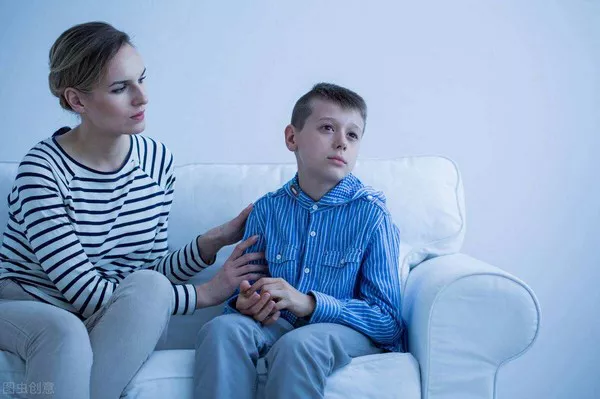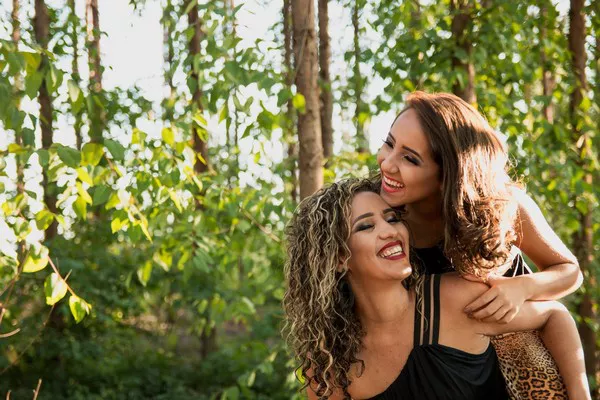Transitioning from best friends to romantic partners can be a thrilling yet delicate endeavor. While embarking on this journey holds the promise of deeper intimacy and connection, it also entails significant risks, including the potential strain on the existing friendship if the romantic relationship doesn’t pan out. In this comprehensive guide, we explore the nuances of transitioning from friendship to dating, offering practical advice on recognizing mutual feelings, fostering open communication, taking things slow, navigating the transition, maintaining the friendship, and gracefully handling rejection.
Understanding the Risks
One of the primary risks involved in transitioning from friendship to dating is the possibility of jeopardizing the existing friendship if the romantic relationship doesn’t work out. The dynamics of a romantic relationship can significantly differ from those of a platonic friendship, leading to unforeseen challenges and conflicts. Moreover, if the romantic relationship ends, there’s a risk of losing the closeness and trust that once characterized the friendship.
Recognizing Mutual Feelings
Before embarking on the journey from best friends to dating, it’s crucial to discern whether both parties share mutual romantic interest. Signs of mutual attraction may manifest in various ways, such as increased time spent alone together, flirtatious behavior, or subtle verbal cues indicating romantic feelings. Paying attention to body language, tone of voice, and subtle gestures can help discern whether there’s potential for a romantic connection.
Communication is Key
Open and honest communication is paramount when considering the transition from friendship to dating. Initiating a candid conversation about feelings and intentions allows both parties to express their desires, concerns, and expectations openly. It’s essential to approach this dialogue with sensitivity and empathy, respecting each other’s feelings and perspectives while fostering a supportive and understanding atmosphere.
Taking it Slow
Taking the transition from friendship to dating slowly can mitigate the risk of rushing into a romantic relationship prematurely. This gradual approach allows both parties to acclimate to the shift in dynamics and ensures that each step is mutually agreed upon and comfortable. Building a strong foundation of trust, respect, and emotional intimacy lays the groundwork for a healthy and fulfilling romantic relationship.
Navigating the Transition
Navigating the transition from best friends to dating requires tact, sensitivity, and clear communication. Addressing potential concerns about public perception and the reactions of mutual friends can help alleviate anxieties and foster a supportive environment. It’s essential to approach the transition with an open mind and a willingness to adapt to changing dynamics while prioritizing mutual respect and understanding.
Maintaining the Friendship
While transitioning from best friends to dating, it’s crucial to prioritize maintaining the core aspects of the friendship, such as trust, support, and companionship. Carving out dedicated time for activities that strengthen the bond outside of the romantic relationship context helps preserve the friendship’s foundation. Additionally, fostering open communication and transparency ensures that both parties feel valued and understood.
Dealing with Rejection
Despite best efforts, there’s always the possibility of rejection when transitioning from friendship to dating. It’s essential to prepare for this outcome and handle it gracefully to minimize potential damage to the friendship. Acknowledging and respecting the other person’s feelings, while expressing gratitude for the friendship and maintaining mutual respect, can help salvage the relationship and preserve the friendship’s integrity.
FAQ Section
What if I’m unsure about my feelings or the other person’s feelings?
It’s normal to experience uncertainty when considering transitioning from friendship to dating. Engaging in open and honest conversations about feelings and intentions can help clarify doubts and facilitate mutual understanding.
How do I approach the topic of transitioning from friendship to dating without risking the friendship?
Initiating a candid conversation about feelings and intentions, while emphasizing the value of the existing friendship, can help mitigate the risk of jeopardizing the relationship.
What if one person wants to remain friends while the other wants to pursue a romantic relationship?
It’s essential to respect each other’s feelings and boundaries while navigating such situations. Communicating openly and empathetically can help maintain the friendship while acknowledging and addressing differing desires.
How can we ensure that the transition doesn’t negatively impact our social circle or mutual friends?
Openly addressing concerns about public perception and the reactions of mutual friends, while reassuring them of the ongoing value of the friendship, can help alleviate anxieties and foster a supportive environment.
Conclusion
In conclusion, transitioning from best friends to dating requires careful consideration, open communication, and mutual respect. By recognizing mutual feelings, fostering open dialogue, taking things slow, navigating the transition with care, maintaining the friendship’s core aspects, and handling rejection gracefully, individuals can navigate this delicate journey with sensitivity and empathy, ensuring the preservation of the valuable friendship at its foundation.
Related topics:





























